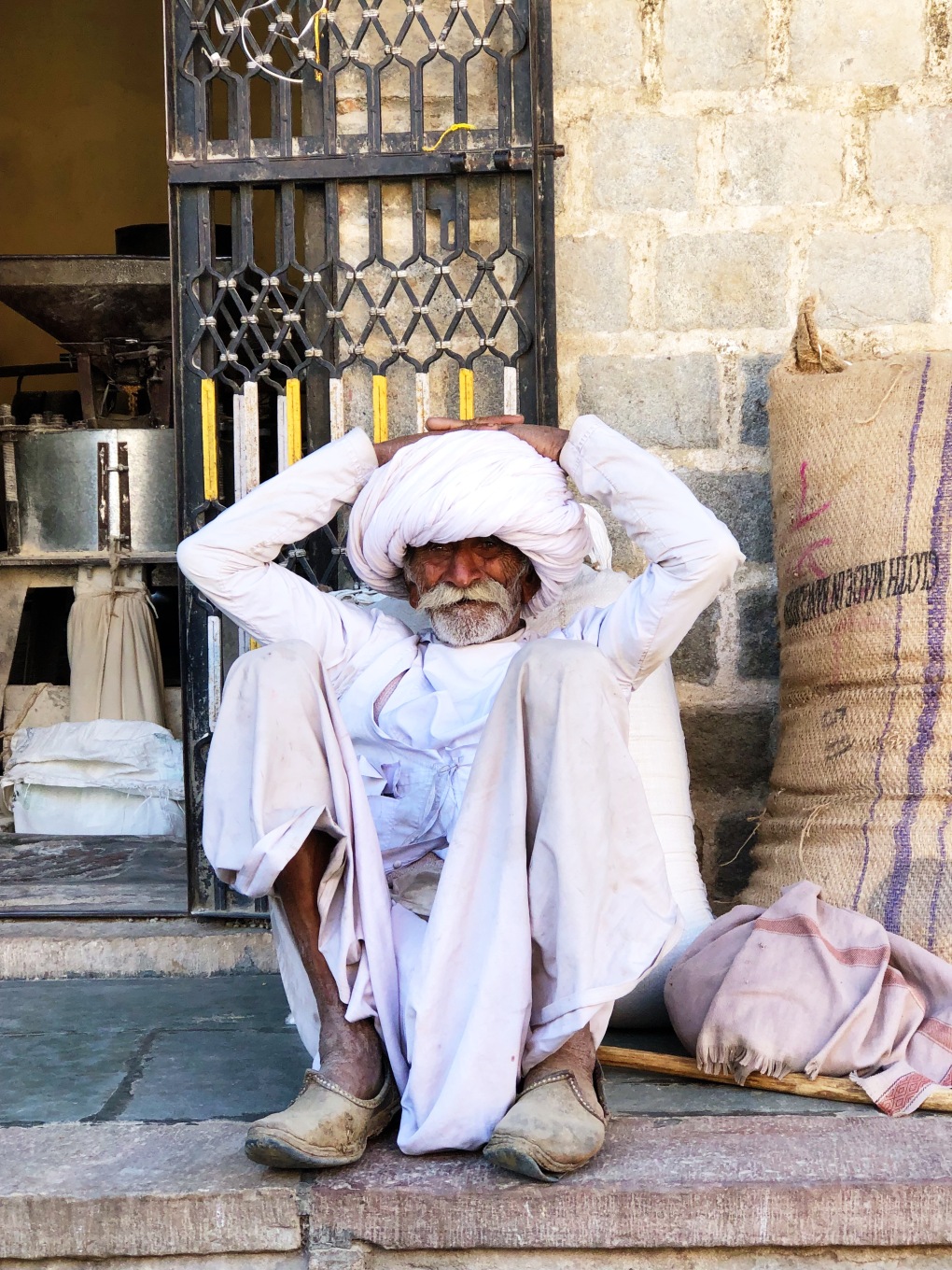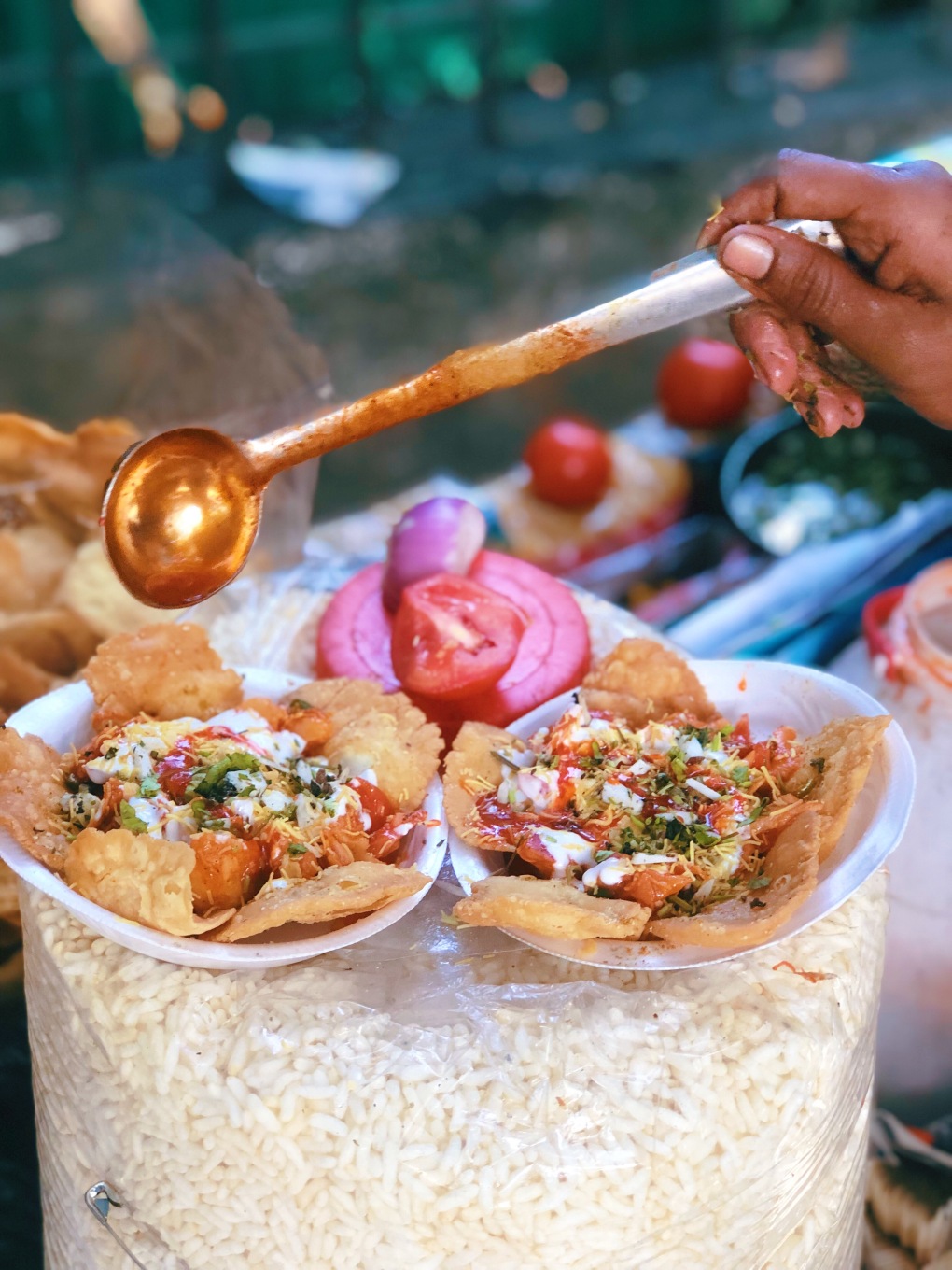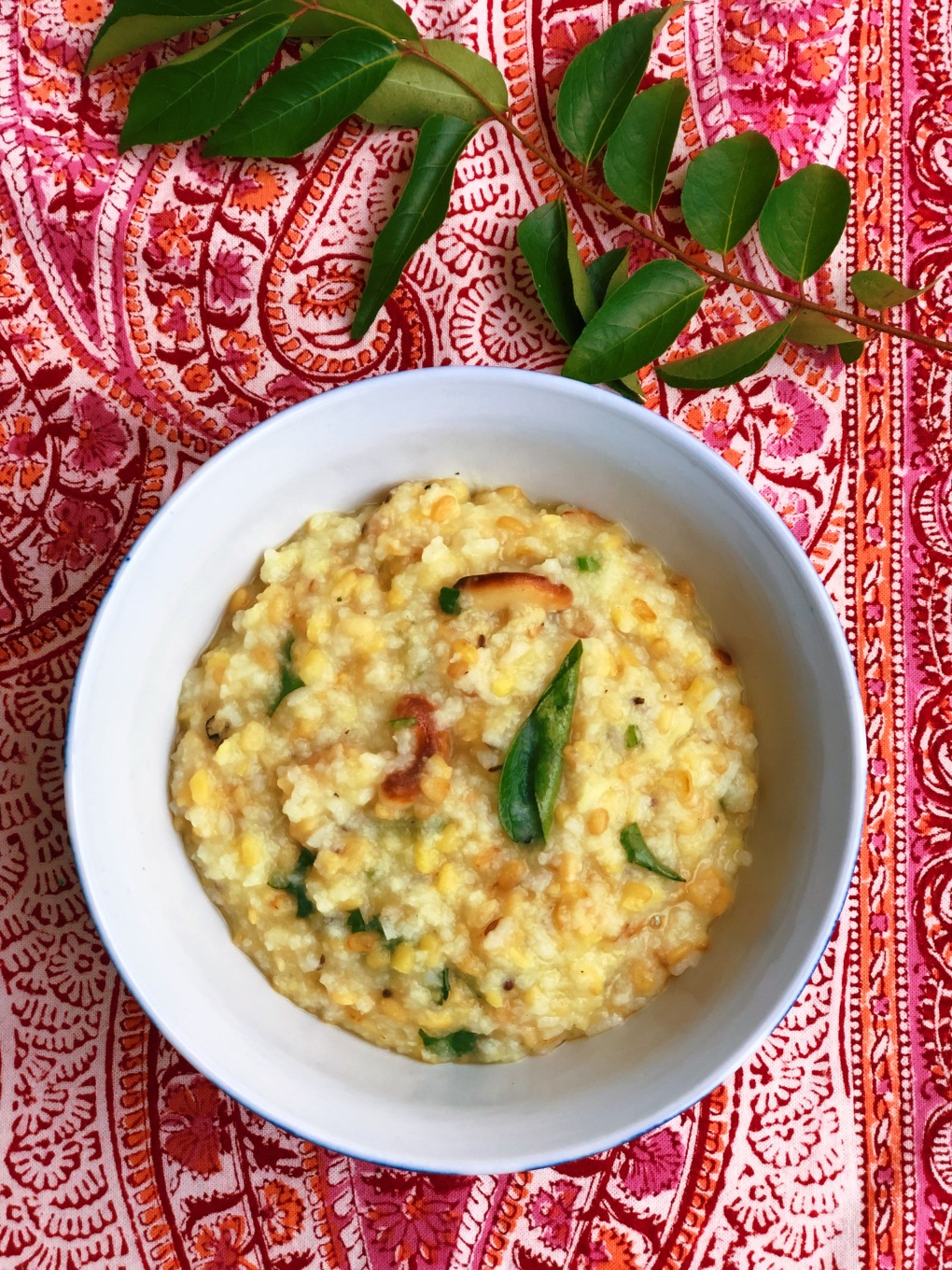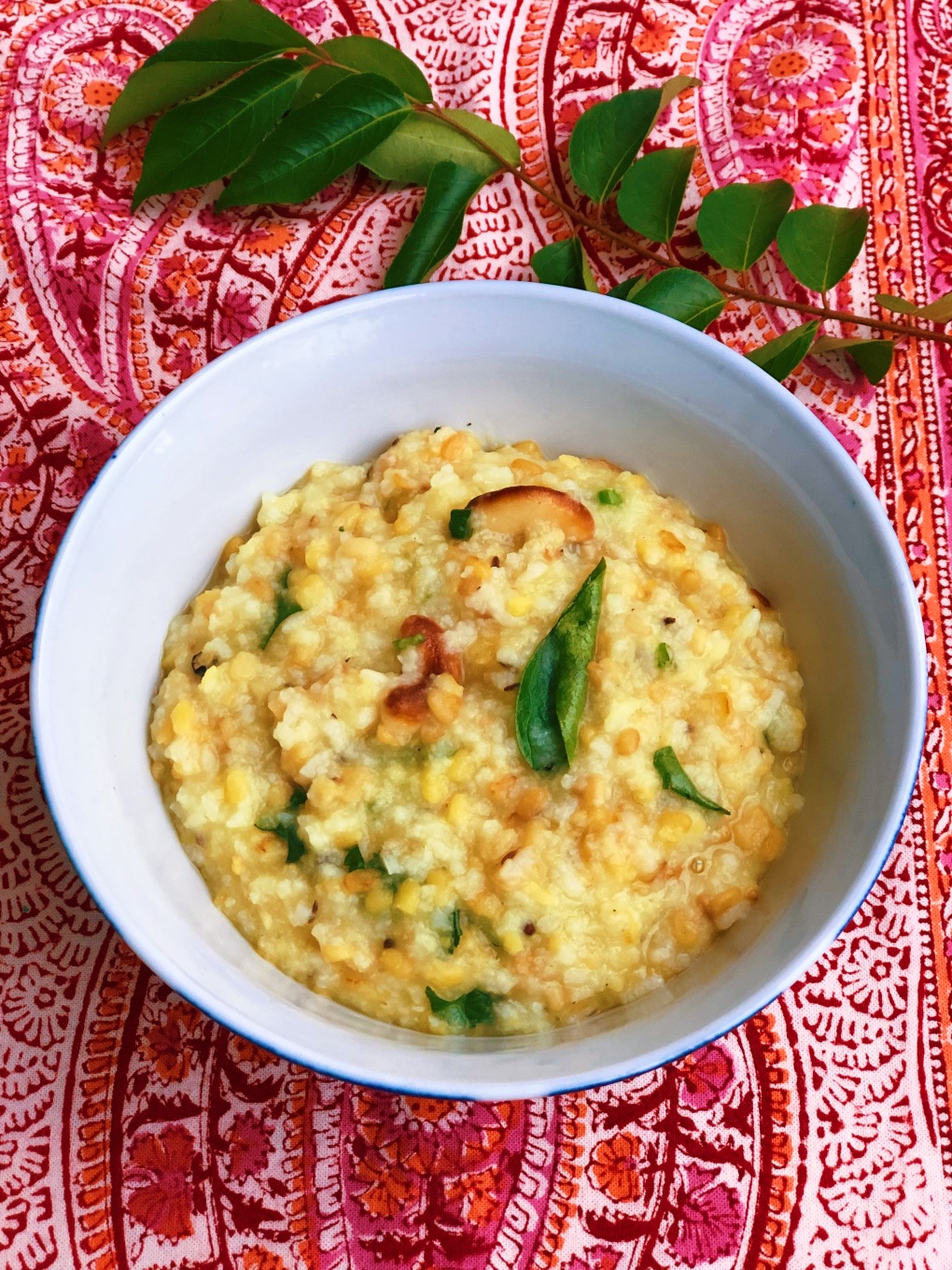Hi everyone,
Hope you are all keeping well and remaining upbeat in these uncertain times. This week I am doing a collaboration with the effervescent British-Sri Lankan interior designer and boutique hotel and villa owner of Kalukanda House in Sri Lanka, Dee Gibson. She also happens to be a fellow south west Londoner like myself.
Photo credit: Kalukanda House
Dee has worked super hard over the past few years bringing her expertise in design to create Kalukanda House from scratch. The original building had to be pulled down as it was structurally unsound. You can read all about the incredible transformation here.
The finished result is beautifully designed and a real oasis of tranquility and peace. It is fully staffed and can be rented exclusively or on a more boutique hotel set up.
Photo Credit: Kalukanda House
Dee contacted me earlier this week to see if I would come up with an exciting recipe for Kalukanda House and one that we can encourage readers to cook and in return donate a money to ‘support front line critical care staff’ – Critical NHS
By supporting the critical care frontline staff at St Georges and other London hospitals over the next few weeks and months, will in turn support the local shops and restaurants in doing so. They have decided to set up a PayPal pool where you can send donations, which you can see here here.
My recipe will be going on Dee’s blog, as well as her social media feeds – instagram @kalukandahouse as well as Youtube (Kalukanda House) so we would LOVE it if you are able to cook it and share it on your feeds. Any donation – however small – will be of immense help.
So the recipe I want to share with you is twofold. Firstly it is a home-made Sri Lankan roasted curry powder. If you don’t have all the spices, please do not stress and simply use the ones that you have. You can even use a bought one or a curry powder you have at home that needs using up!
If you do make my one however (which I hope you will) you do need to grind it up either with a pestle and mortar or a spice grinder -I use this one. You then have a delicious curry powder that you can use on many occasions going forward – just remember to store it in a sealed jar.
The main event however, is my vegan Sri Lankan butternut squash curry. It is super easy and I hope you have most of the ingredients already in your store cupboards. If you are on instagram I’ve done short films of me cooking both recipes on my IGTV so have a look.
Best of luck and please tag me #chilliandmint and #kalukandahouse if you make it and are on instagram. Otherwise please write in the comments box below and I will get back to you. Let’s try and raise some money together for Critical NHS.
Sri Lankan Roasted Curry Powder
makes a small pot
2 tbsp coriander seeds
1 tbsp cumin seeds
1 tbsp fennel seeds
1 tbsp uncooked basmati rice
1 tsp black peppercorns
1 tsp black mustard seeds
1/2 tsp fenugreek/methi seeds
5 cloves
5 green cardamom, opened
10 fresh/frozen or dried curry leaves
I haven’t added any dried chillies but you can add a couple if you wish to make this a ‘hotter’ curry powder.
If you don’t have any of the spices above, leave them out and you have created your own new version of a Sri Lankan curry powder.
- Warm a frying pan and then add all the spices, rice and curry leaves.
- Keep on a low heat and move around the pan so that they do not burn. Wonderful aromas will be released.
- After 5 minutes the spices, rice and curry leaves will be nicely bronzed so transfer to a bowl to cool and remove the green husks of the cardamom pods and discard.
- Then either pound in a pestle and mortar or use a spice grinder to grinder to form a smooth powder.
- Store in a sealed jar for a couple of months.
The curry powder works well with all meat curries, as well as vegetarian/vegan curries too.
Sri Lankan Butternut Squash Curry
serves 4-6
1 tbsp coconut oil
1 tsp black mustard seeds
1 tsp fennel seeds
10 curry leaves (if you have them)
1 red onion, sliced into half moons
4 cloves garlic, thinly sliced
1.5 inches of fresh ginger, finely diced
1 tsp salt
900g butternut squash, cubed
1 tsp turmeric powder
1/2 tsp Kashmiri chilli powder
1 heaped tsp Sri Lankan roasted curry powder
1x400ml tin of coconut milk
300ml water
a couple of 2 inch pandan leaves, optional
- Heat a deep pan and add the coconut oil. If you don’t have coconut oil, you can use vegetable or groundnut oil.
- Add the mustard, fennels seeds and curry leaves if you have them. Allow them to sizzle in the pan for 30 seconds, before adding the onions.
- Now add the garlic and ginger and stir into the spices and add the salt to help soften the onion. Move around the pan for a couple of minutes.
- Add the butternut squash followed by the turmeric, Kashmiri chilli powder and Sri Lankan roasted curry powder and mix well.
- Add the coconut milk, saving a little of the creamier part for later, add the water as well. IF you have them add the pandan leaves, but absolutely not essential if you don’t have them to hand.
- Stir and then cover for 15-20 minutes, checking intermittently and giving a good stir.
- Add the remaining coconut milk. Check the seasoning and using a sharp knife check to see if the butternut squash is soft.
Serve with a scattering of fresh coriander leaves and some lemon or lime wedges. Serve alongside basmati rice, chapati or paratha.
If you want to add more heat to this curry you can add fresh or dried chillies when you add the mustard and fennel seeds to begin with.




































































